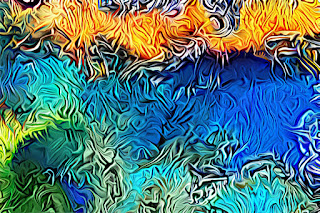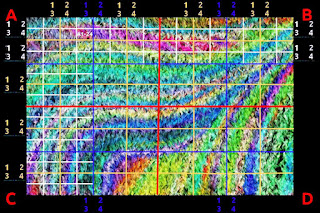5. After-Modernity and the prospects of an artistic awakening
Over the last 50 years a great convergence has slowly been taking place, between – the crisis of the governance-world – and the multitude side-effects of Modernity, that is evolving into a drastically new living environment.
This convergence will result in a radical drop of the world population and life will be forced to re-organize locally in small groups surviving under the reign of necessity. Their most vital priority will be the reproduction of their societies over the long haul and to ensure this the minds will be glued by new foundational narratives grounded in myths fixing the memory of what caused the fall of Modernity.
Modern knowledge will rapidly be forgotten and visual signs will thus become the vehicle of choice to share knowledge with all. That’s how the historical nature of art returns with a vengeance …
This convergence will result in a radical drop of the world population and life will be forced to re-organize locally in small groups surviving under the reign of necessity. Their most vital priority will be the reproduction of their societies over the long haul and to ensure this the minds will be glued by new foundational narratives grounded in myths fixing the memory of what caused the fall of Modernity.
Modern knowledge will rapidly be forgotten and visual signs will thus become the vehicle of choice to share knowledge with all. That’s how the historical nature of art returns with a vengeance …


















